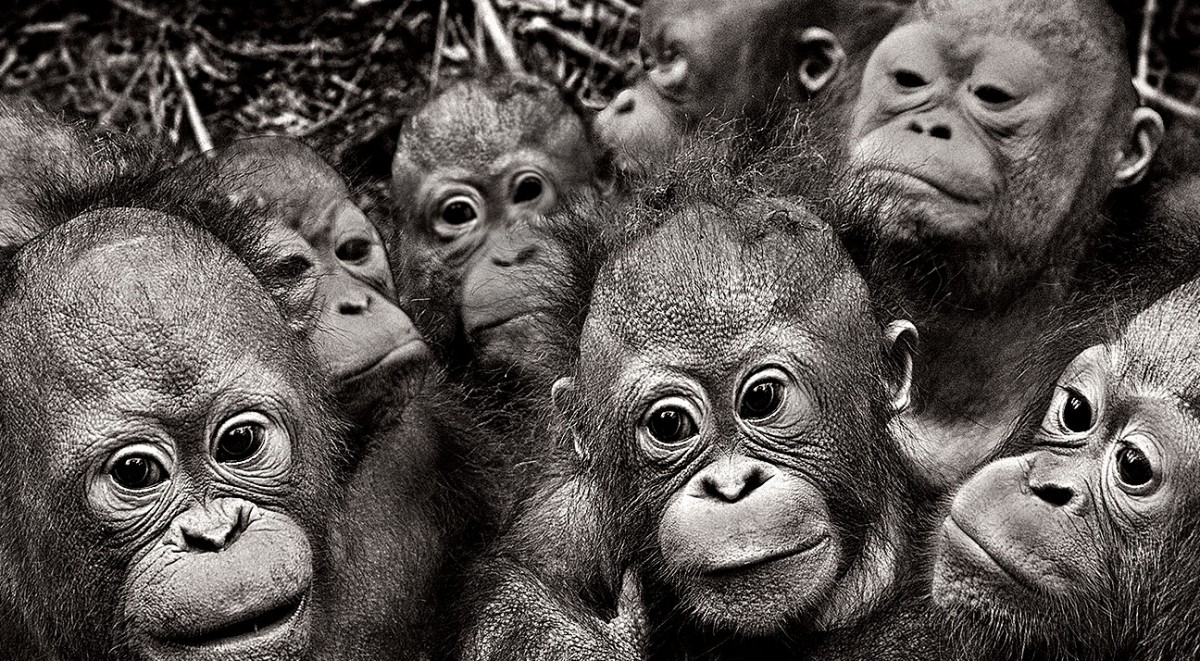Orangutan Foundation International Australia acknowledges and thanks you for your very kind gift. All donations received are fully Tax Deductible for Australian residents.
Account Name - OFIA Public Fund
BSB no - 034660
Account no - 316321
Reference: Your Name
For all Bank Transfer donations please email info@ofiaustralia.com with your Name, Business Name, Address, Phone, Email Address and the amount of the donation - so we can send you a Tax Deductible Receipt.
For donations/pledges via cheque,
click here to download our payment form
Then post or email to us – details at bottom of form
Please make cheques payable to Orangutan Foundation International Australia.
Post to:
Orangutan Foundation International Australia
P.O. Box 8940
Gold Coast MC
Bundall, 9726
QLD, Australia
Credit card donations can also be made over the phone.
Please call 07 5527 5226.

